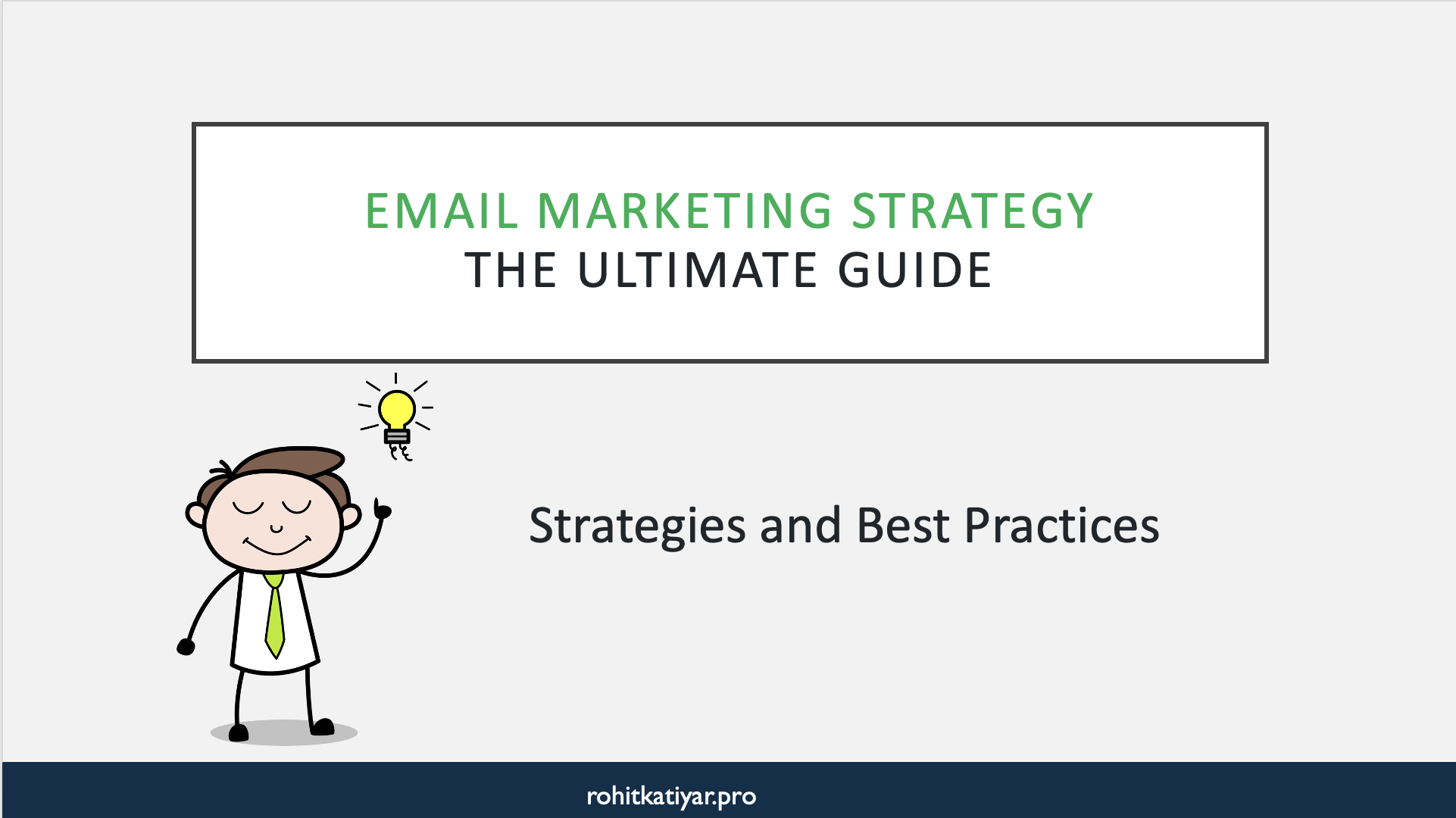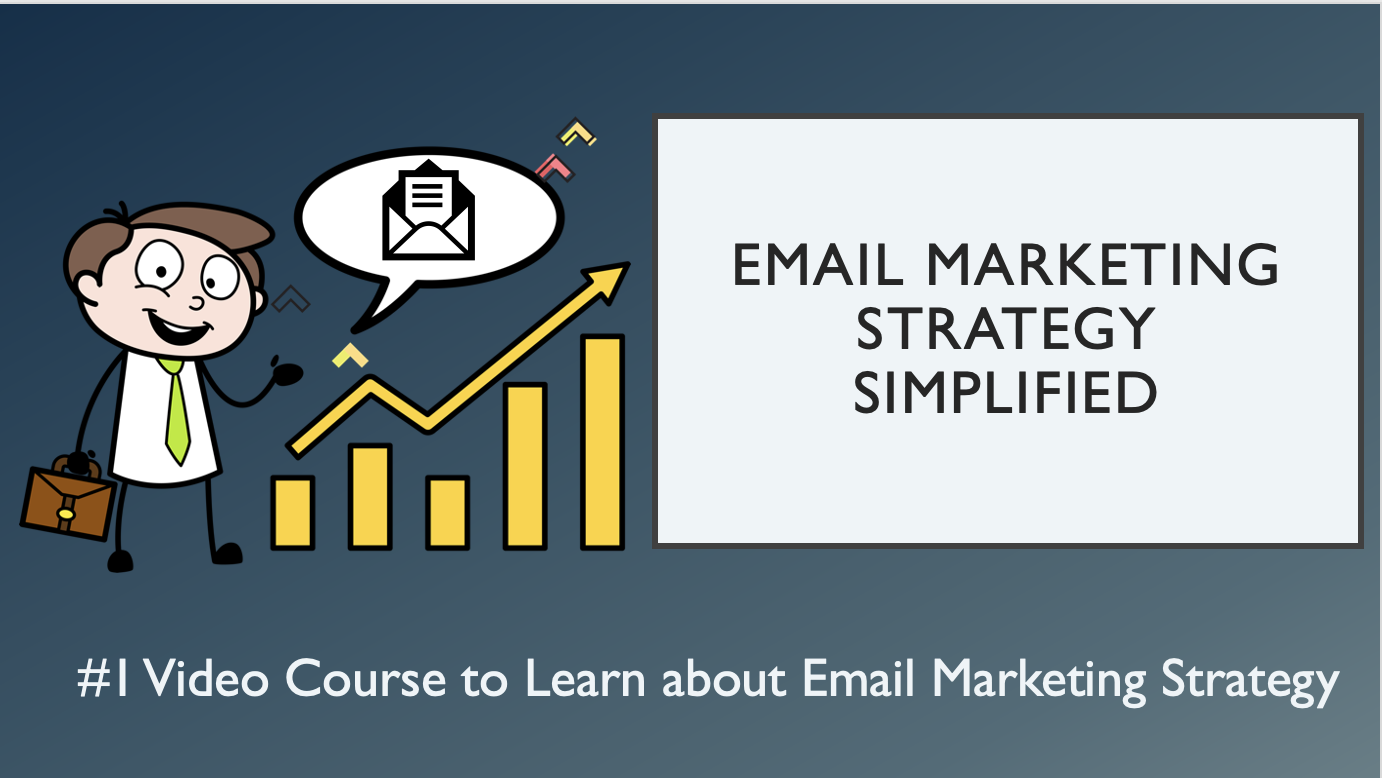Email Marketing Strategy: Boosting ROI for Paid Marketing & SEO

Email marketing remains one of the highest-performing channels in terms of return on investment (ROI), yielding, on average, a return of between $36 and $40 for every dollar spent. ROI is significantly higher than what you would typically achieve with paid ads or SEO alone. This guide will walk you through the process of developing an effective email marketing strategy and demonstrate how to use it to enhance the returns from your paid marketing and SEO campaigns.
Table of Contents
Why Email Marketing Matters
- Email marketing provides the highest return on investment (ROI), outperforming most channels with potential returns of up to 3,600%.
- Direct Audience Access: Emails reach your audience's inbox, allowing for personalised and timely engagement.
- Complements Other Channels: Supports paid and organic efforts by nurturing leads and driving conversions post-click.
Core Components of an Effective Email Strategy
Audience Segmentation
- Segment by behaviour, demographics, lifecycle stage, and source channel.
- Target based on user interaction with paid ads or organic content for relevant follow-up.
Personalisation & Dynamic Content
- Personalise subject lines and content using data such as name, location, and purchase history.
- Use dynamic blocks to display content tailored to individual recipient profiles.
Automation & Triggers
- Automate welcome emails, abandoned cart reminders, and win-back campaigns.
- Trigger emails based on user actions to increase relevance and timeliness.
Content Strategy
- Align email content with the customer journey: Awareness, Consideration, Conversion, Retention, and Loyalty.
- Combine educational content with promotional offers for balanced messaging.
Integrating Email Marketing with Paid Campaigns
- Use email lists for retargeting campaigns on Google Ads, Bing Ads, and LinkedIn Ads.
- Collect leads from paid campaigns using lead gen forms, then nurture via email to improve conversion rates.
- Segment email campaigns based on paid ad engagement to deliver tailored content and offers.
- Use email performance data to refine paid audience targeting and ad creative.
Enhancing SEO ROI with Email Marketing
- Drive repeat visits to SEO-optimised content via targeted newsletters.
- Promote new blog posts or pillar content to drive organic engagement and social sharing.
- Use email to deliver personalised content, enhancing time on page and reducing bounce rates—indirectly boosting SEO.
- Leverage email to encourage subscriptions and build a loyal audience base, positively impacting site authority.
Key Tactics to Maximise Email ROI
- A/B Test subject lines, copy, and send times to increase opens and clicks.
- Maintain list hygiene by removing inactive subscribers to protect deliverability.
- Optimise emails for mobile viewing (85% of users open on mobile).
- Add conversion drivers, such as reviews, ratings, and countdown timers.
- Utilise predictive analytics and machine learning tools for enhanced segmentation and personalisation.
Metrics to Track Success
- Open Rate
- Click-Through Rate (CTR)
- Conversion Rate
- Unsubscribe Rate
- Revenue Per Email Sent (RPE)
- List Growth Rate
- Engagement Rate by Segment
Common Pitfalls to Avoid
- Sending irrelevant content or too many emails without segmentation can lead to unsubscribes.
- Ignoring email deliverability best practices results in landing in spam.
- Not integrating email data with other marketing channels for holistic optimisation.
- Focusing only on acquisition instead of nurturing and retention.

Frequently Asked Questions (FAQs)
How does email marketing improve paid campaign ROI?
By nurturing leads captured from paid ads, email marketing lifts conversion rates and reduces paid ad spend wastage through targeted follow-ups.
Can email marketing directly boost SEO?
Indirectly, by driving repeat visitors, increasing engagement metrics, and amplifying content reach through shares and backlinks.
What type of emails convert best?
Triggered behavioural emails (welcome series, cart recovery) have much higher open and click rates than generic newsletters.
How often should I send marketing emails?
Balance is key. Typically, 2-4 emails per month work well, but tailor frequency using engagement data and subscriber preferences.
What tools help automate a successful email strategy?
CRM platforms with automation (e.g., HubSpot, Klaviyo, Mailchimp) enable segmentation, personalisation, trigger-based sends, and analytics.
You may also like the below Video Course

Conclusion
Email marketing is a critical lever to amplify the ROI of your paid marketing and SEO investments. Its ability to deliver personalised, automated messages to targeted segments enables brands to nurture prospects efficiently and turn interest into conversions, all while maintaining cost-effectiveness unmatched by other channels.
This strategy, combined with continuous testing and data-driven optimisation, will drive sustained growth and maximised returns across your digital marketing ecosystem.